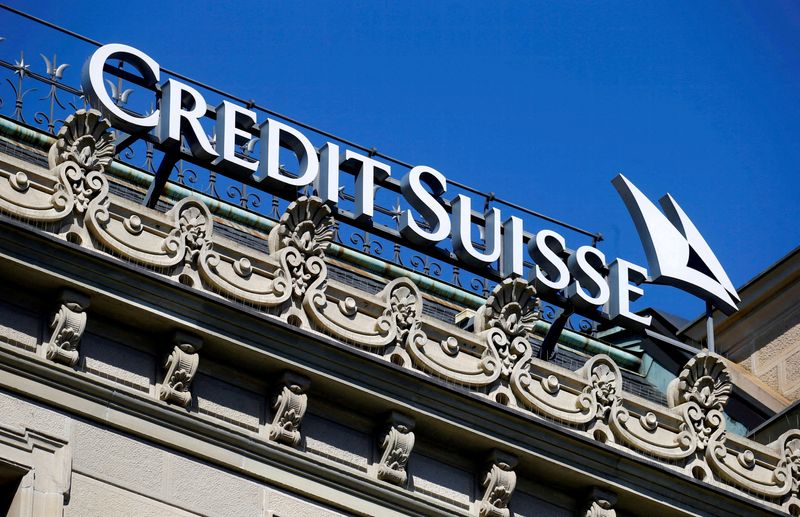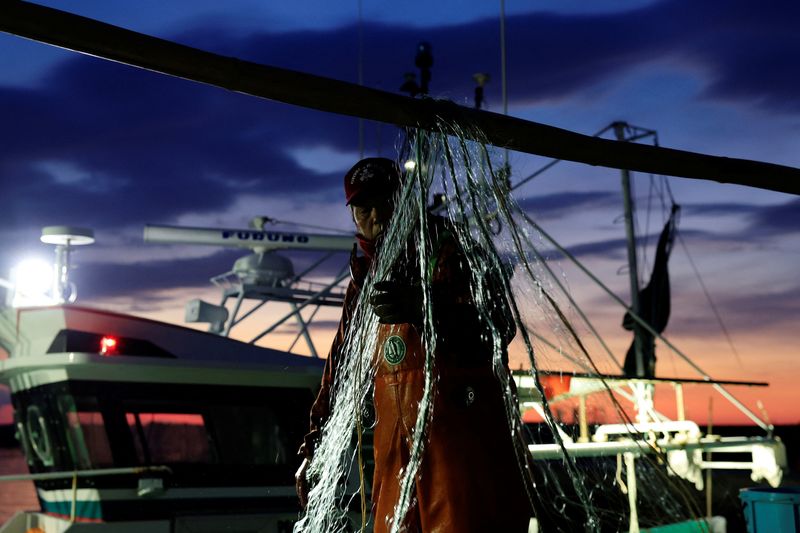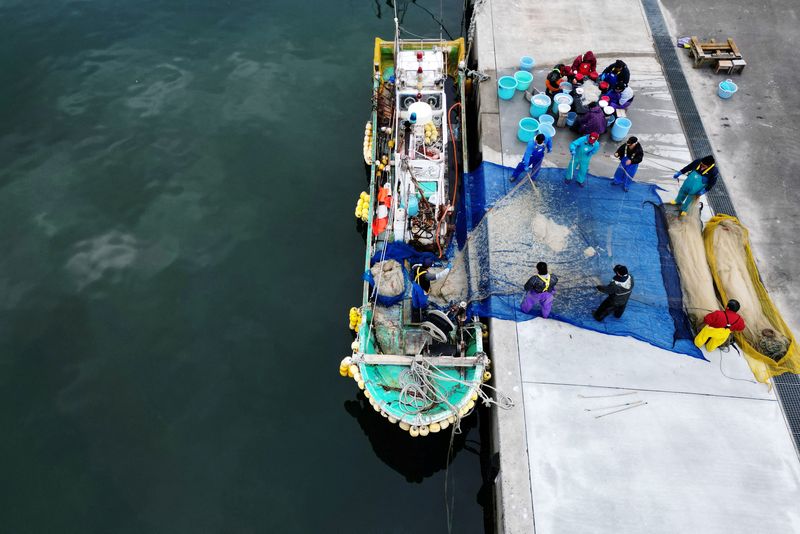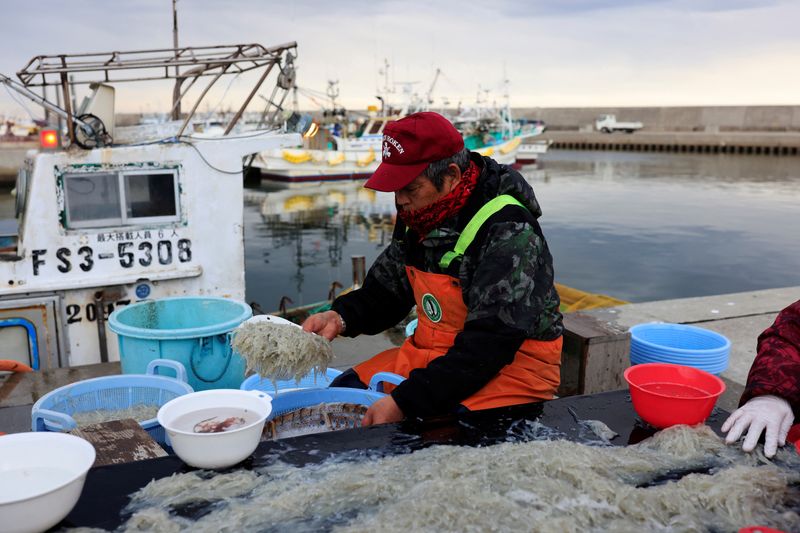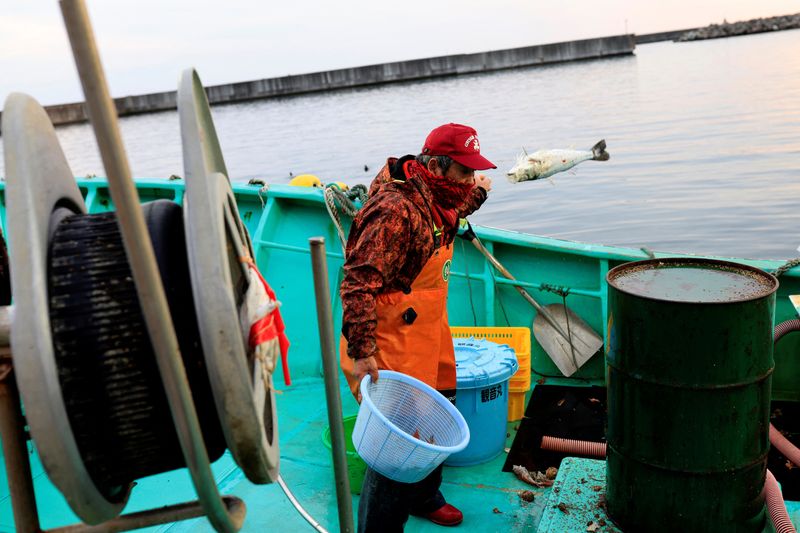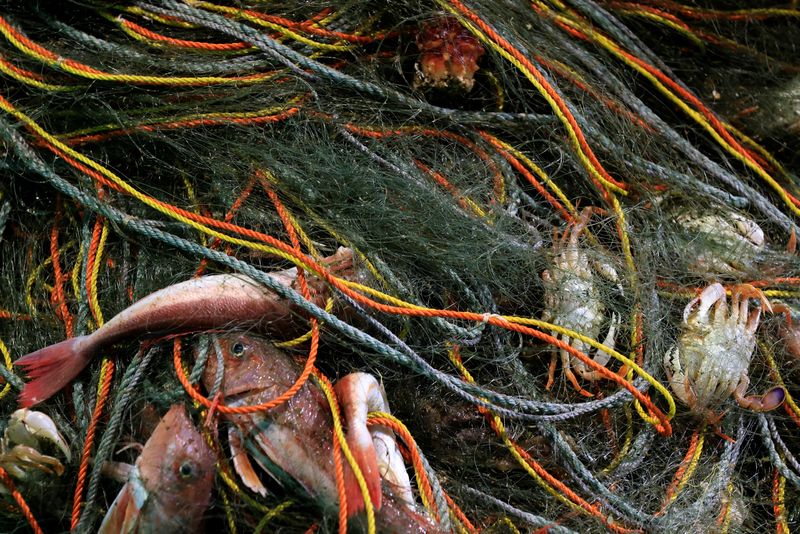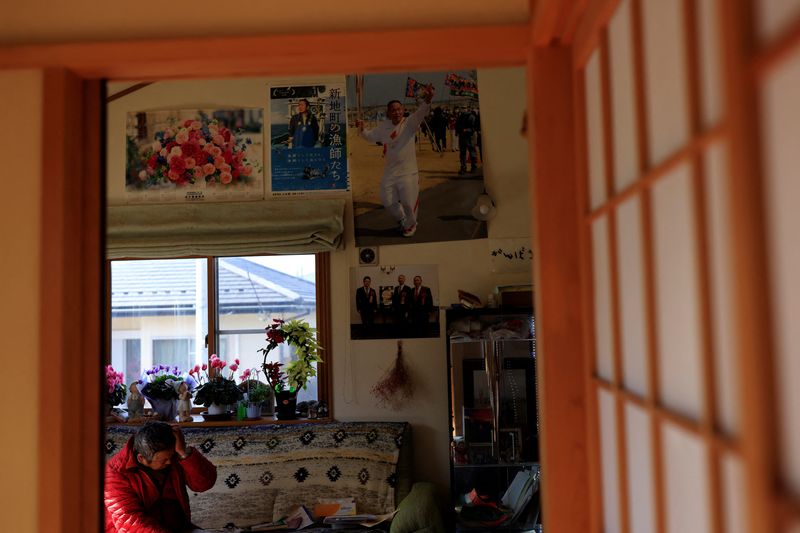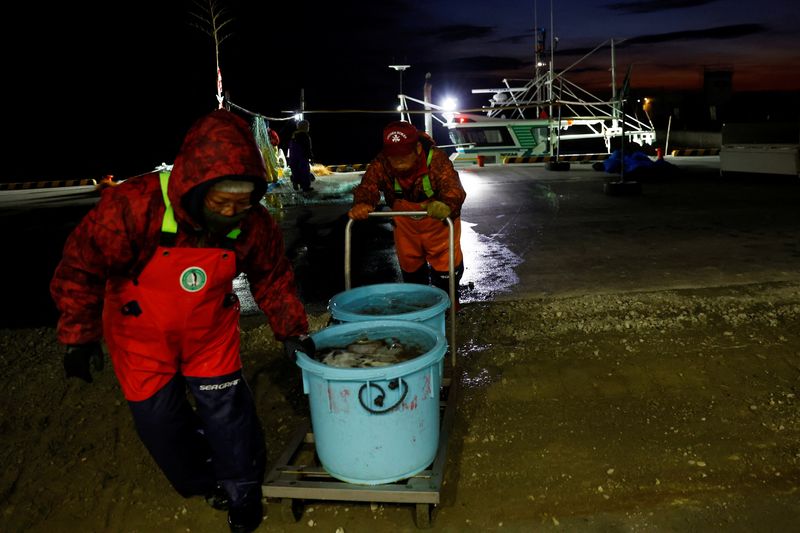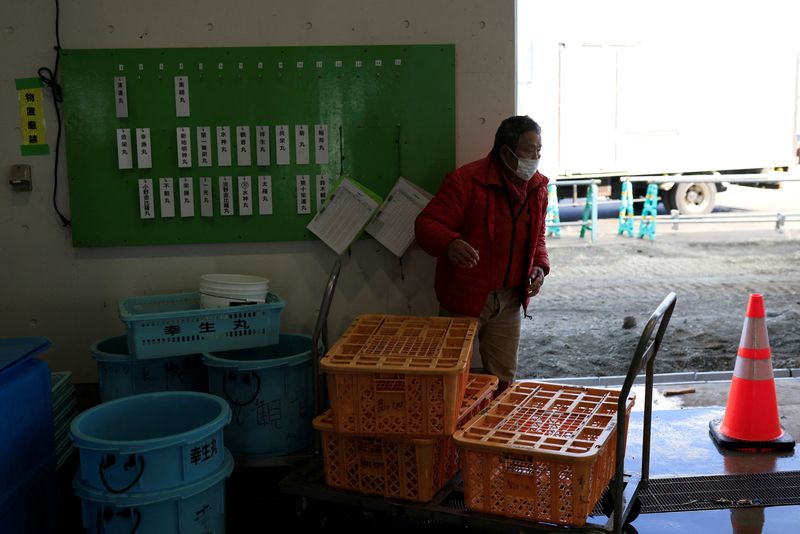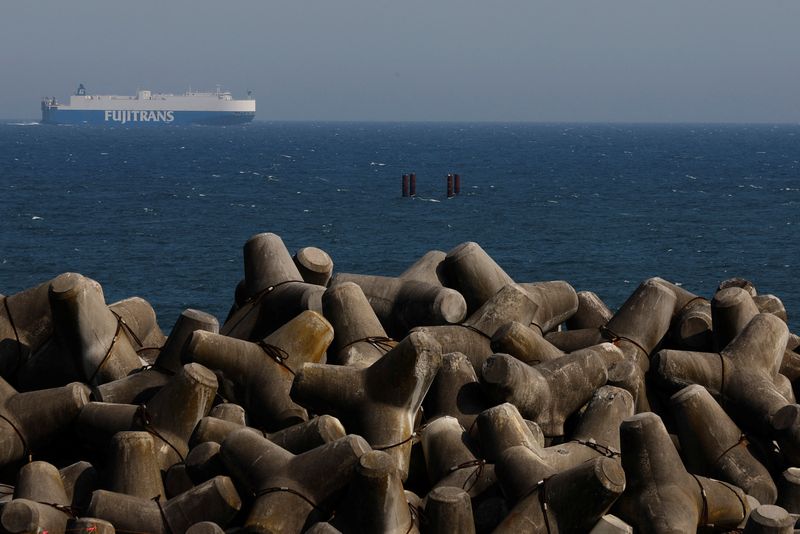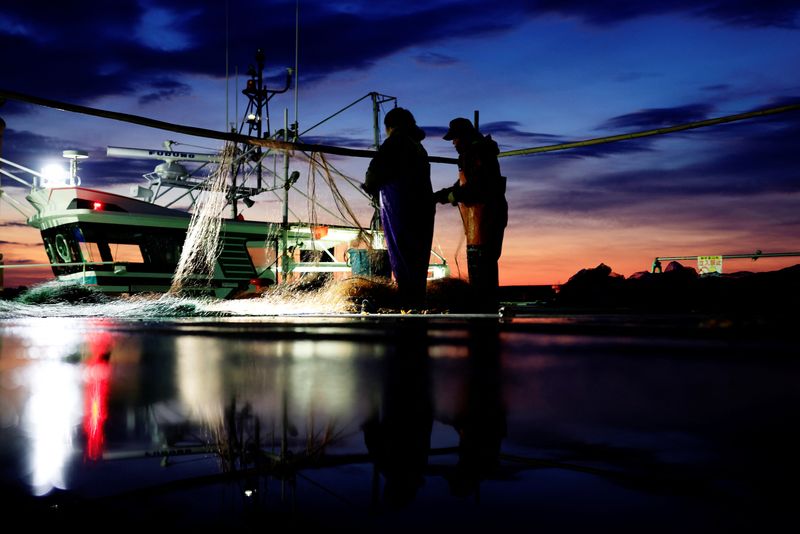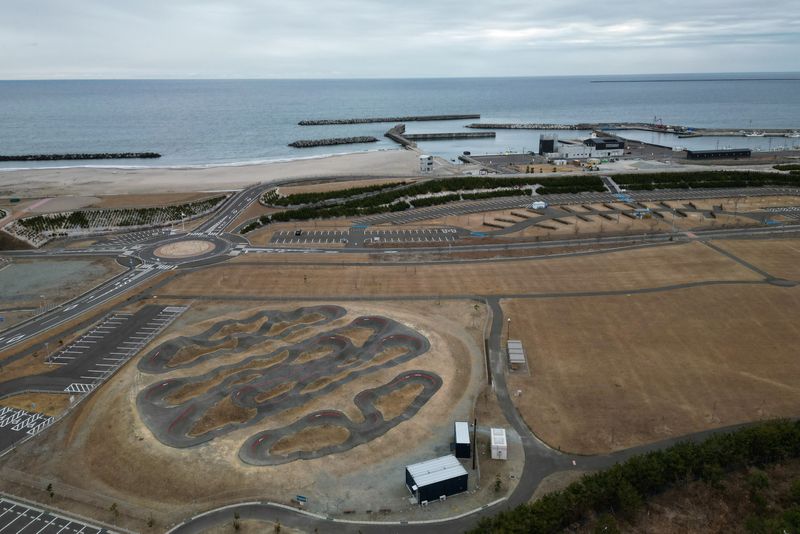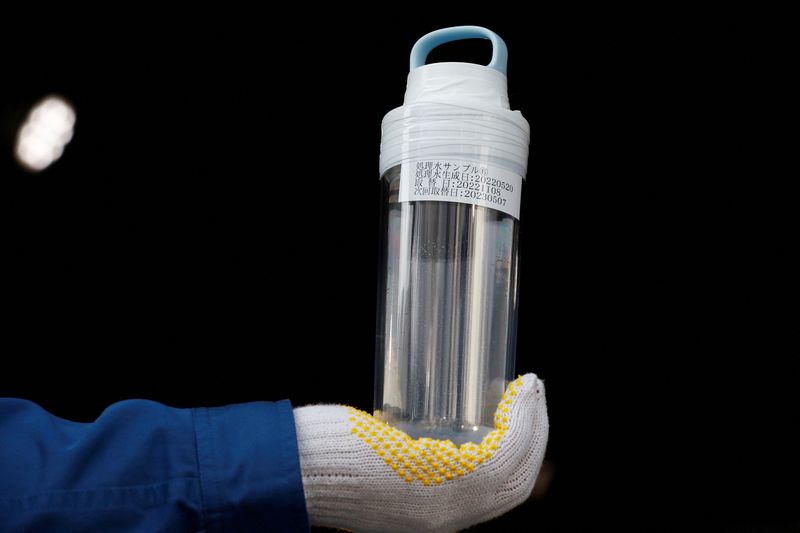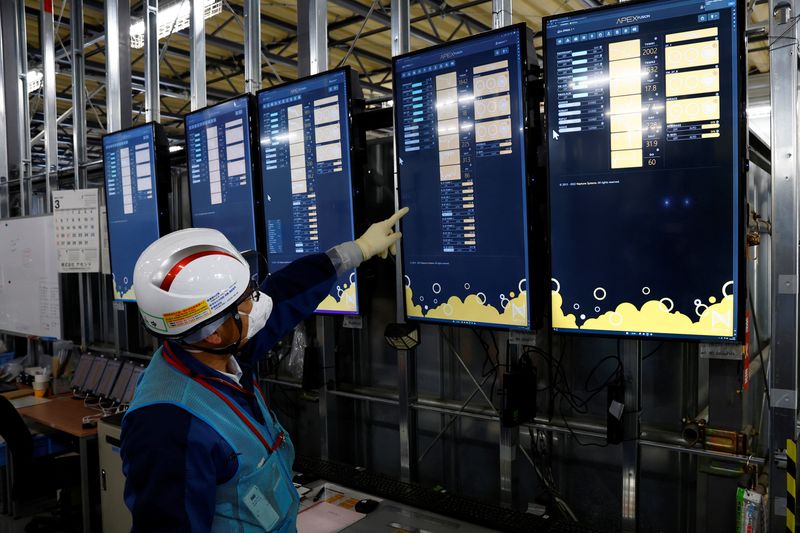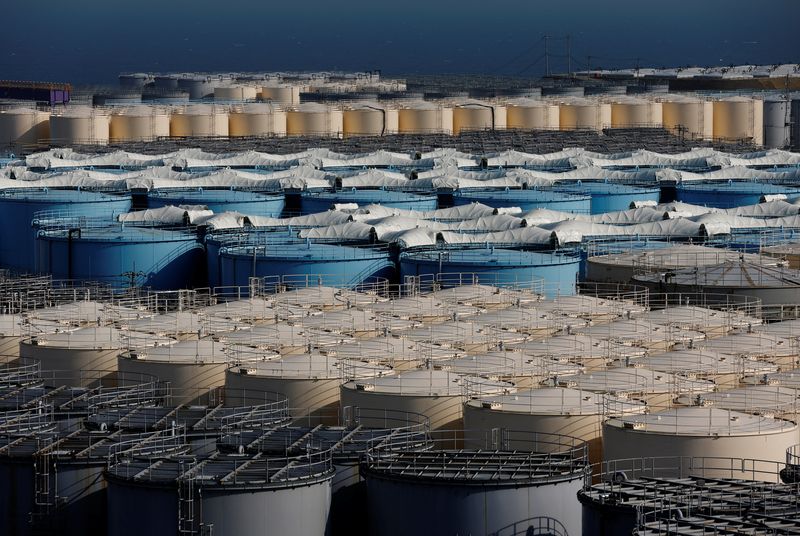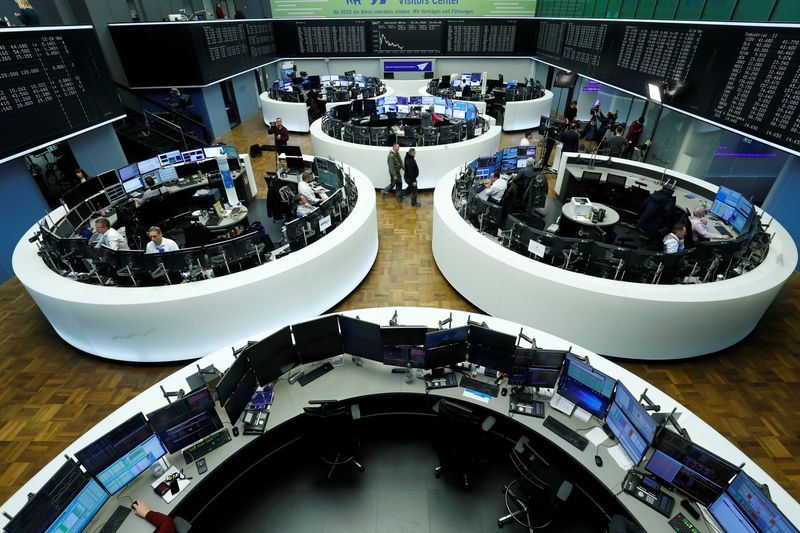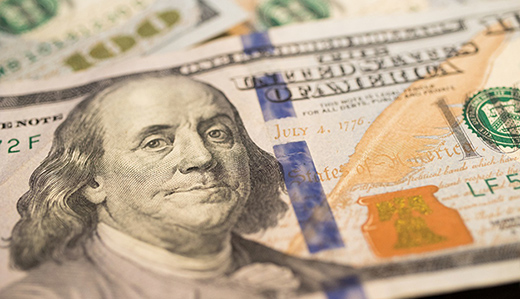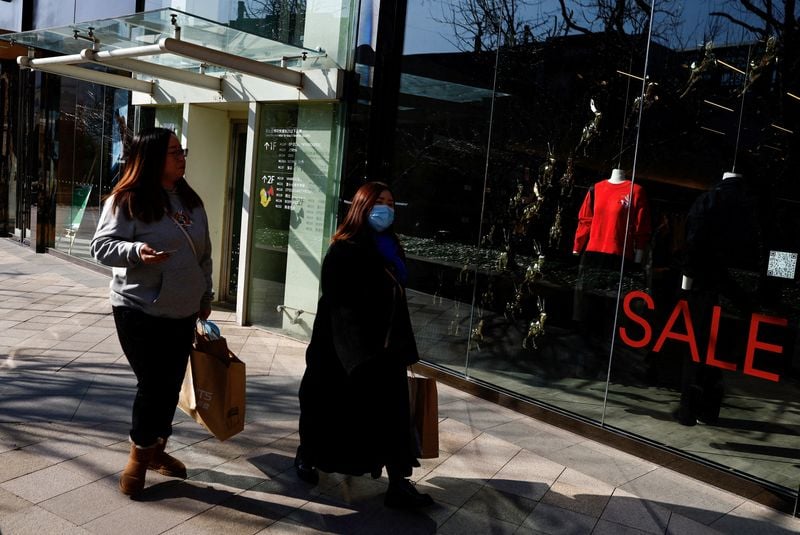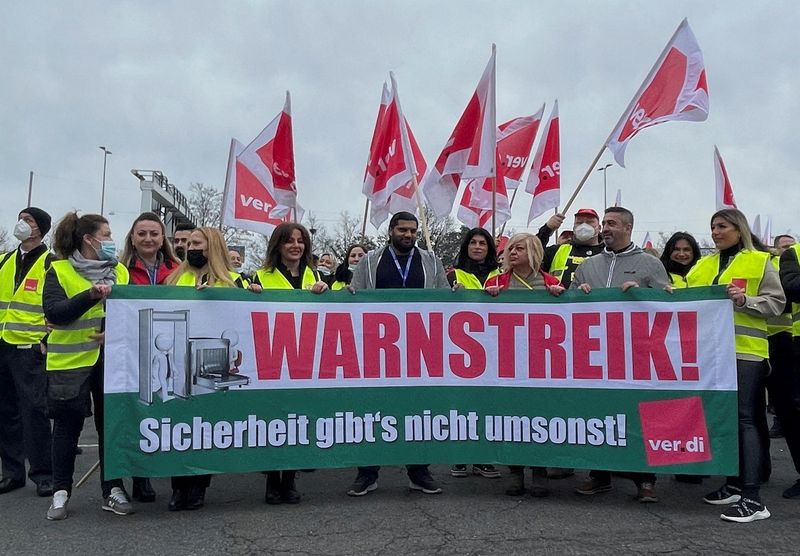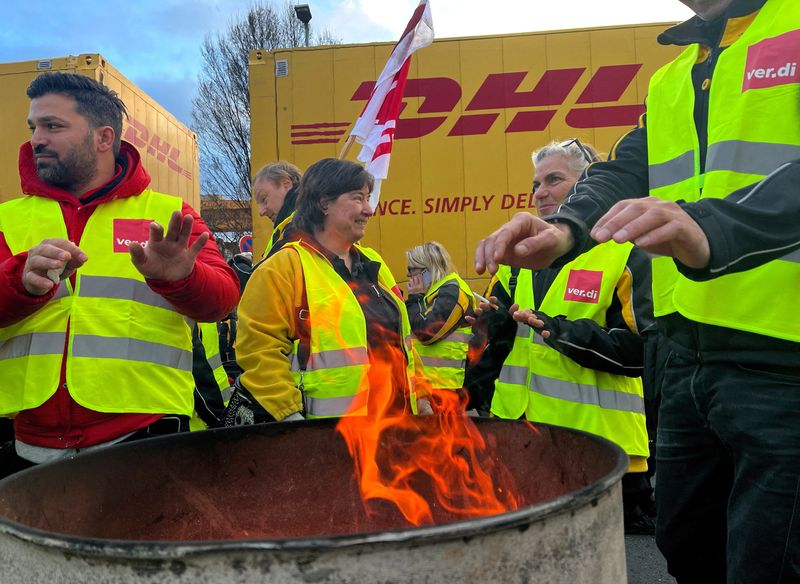ROME (Reuters) – Italy’s Leonardo said on Friday it was set to benefit from higher defence spending following the Russian invasion of Ukraine and that orders for the current year were spread widely rather than reliant on one big contract.
Executives from the state-controlled defence and aerospace group were commenting after the company beat its guidance for new orders last year and maintained its dividend.
Chief Executive Alessandro Profumo said guidance for new orders of around 17 billion euros this year was made up of “small orders” and not dependent on any one big deal.
Profumo also said the company saw significant growth in orders “in all the geographies.”
Shares in Leonardo traded 1.8% higher by 0830 GMT, bucking a negative trend in stock markets spooked by fears over the banking sector.
Leonardo General Manager Valerio Cioffi said the company was “very well positioned” to benefit from higher defence spending as governments respond to the conflict in Ukraine.
The guidance for new orders this year is broadly in line with the figure of almost 17.3 billion euros ($18.26 billion) last year.
Profumo said the company was targeting aggregate orders of around 90 billion euros in the 2022-2026 period, up from 80 billion under a previous plan.
($1 = 0.9443 euros)
(Reporting by Alvise Armellini,; Writing by Keith Weir, Editing by Angus MacSwan)









